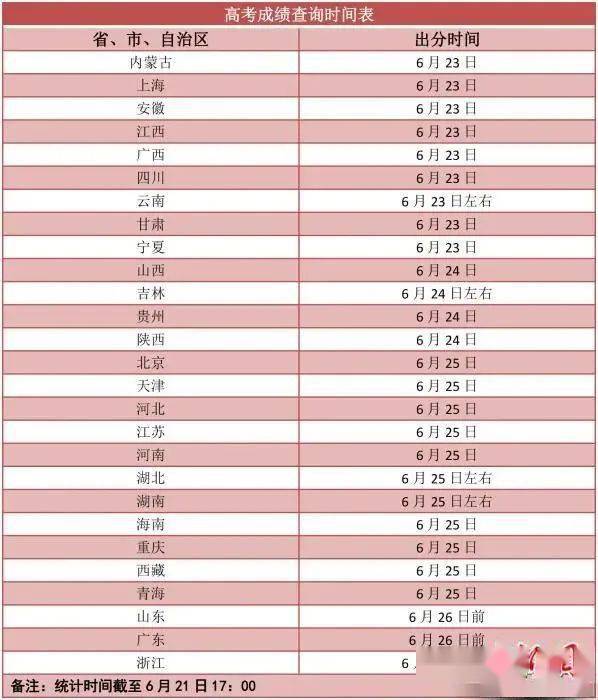French Emperor Napoleon Bonaparte, more than two centuries ago, is said to have said: ‘China is a sleeping lion. Let it sleep, because when it wakes up it will shake the world. ‘
Now, more than anyone, Americans feel very clearly that the lion has awakened and with his endless claws and ambitions, gradually from partner to rival of America. Mr. Joe Biden has chosen a different method from his predecessor: re-establishing alliances to control this ferocious “lion” has just awakened.
That’s exactly what President Biden’s administration is doing. Rotate the shaft to Europe; promoting the actual formation of the US – Japan – Australia – India “Diamond Four” mechanism. And strengthening 3-way relations with 2 partners, 2 top US allies in Northeast Asia: Japan, South Korea.
An offer cannot be refused
That is a relationship with many ups and downs spanning many decades in history.
In the early 1960s, when China had just acquired nuclear weapons and the Vietnam War was on the rise, President Johnson’s administration sought to promote relations with Japan. and Korea aimed to counter the communist movement in Asia. But, in order to reinforce this triangular relationship, it was the Johnson administration’s job at the time to “repair” the bilateral relationship between Japan and Korea, which had continued to tense after grievances in the past. World War 2.

Mr. Joe Biden has different methods from his predecessor. Photo: LG
The US had in hand a “trump card” to solve this dilemma: the superior military and economic strength at that time. Who pays, he or she has the right to order music! While Japan and South Korea continued negotiations that lasted more than 13 years, since 1951, aimed at normalizing bilateral relations, American diplomats have delivered a fairly simple message: what if Japan Japan and South Korea have established a friendly relationship, the US will continue to provide both military and economic support for both partners.
Simply put, it is an irrefutable offer! On June 22, 1965, at the Prime Minister’s Palace in Tokyo, the representatives of Japan and Korea signed the Treaty on Basic Relations between Japan and Korea, often referred to as the Japan-Korea Treaty. This treaty provided the basic foundation for restoring diplomatic relations between Korea and Japan, which had been interrupted since 1945.
By the 1980s, the administration of US President Ronald Reagan continued the policy direction of promoting relations between Japan and South Korea. With the encouragement of the United States, South Korean President Choon Do-hwan and Japanese Prime Minister Nakasone Yasuhiro held the first summit in 1983 and 1984. The United States also pledged to ensure security for Korea. , reassessed strong support for Japan, while calling on Tokyo to play a greater role in ensuring security in Asia.
By the late 1990s, the US began a new step in its relationship with two allies in Northeast Asia: the US – Japan – Korea triangle relationship. To foster this relationship, a Tripartite Monitoring and Cooperation Group (TCOG) has been formed as well as the implementation of the “Perry Process” (named US Secretary of Defense William Perry), which is the to the expert level to help policymakers of the three sides have conditions to discuss and exchange to strengthen cooperation between the US and Japan and South Korea …
“Thorn” in a 3-way game
However, the US will have to make a lot more effort if Biden’s policy of strengthening relations with Northeast Asian allies will be effective, because the Japan-Korea relationship has recently shown signs of developing. Fierce disputes, no signs of cooling down.
For more than three decades after the signing of the Japan-Korea Treaty, the two sides continued to argue over different interpretations of the treaty, which exempted Japan from any compensation for the period of its occupation. during World War 2.
In 2018, the Supreme Court of Korea suddenly ruled that Japanese companies must compensate victims of forced labor during the war. After this controversial ruling, the relationship between the two sides quickly turned in a bad way. Both Seoul and Tokyo are excluded from the list of most favored nation states in trade relations. While Tokyo imposed restrictions on the export of key raw materials on Korea’s large-scale semiconductor industry and many other items, a nationwide boycott campaign took place. items made in Japan. Japanese businesses are also the subject of anti-countermeasure campaigns in Korea …
The dispute between the two sides culminated when in August 2019, Seoul announced that it was likely to withdraw from the Treaty on Important Information Sharing with Tokyo, which was signed in 2016; South Korea will only continue to cooperate with Japan in military information, through a trilateral information-sharing agreement, in which the US plays an intermediary role.
This action threatened the US-Japan-Korea alliance structure in the context of Northeast Asia geopolitics frequently “red alert” due to tensions on the Korean Peninsula. However, just a few hours before the Japan Intelligence Sharing Treaty expires, Seoul decided to extend the treaty, a move that made the United States relieved, relieved of its thousands of pounds that threatened to destroy it. broken US – Japan – Korea triangular relations.
Throughout 2020, the bilateral relationship between Korea and Japan did not improve significantly. Most recently, the Korean Defense White Paper announced in February 2021 no longer calls Japan “partner”, a worrying signal for the relationship between the two sides. In the context of the COVID-19 epidemic raging around the world, travel restrictions have further reduced opportunities for exchanges between people of the two countries, making the ability to restore Japan-Korea relations very difficult. towel.

Japan remains an economic powerhouse. Photo: LG
The currency is the currency ahead of Wisdom
During his four years in the White House, Mr. Trump has repeatedly questioned the value of allies in Northeast Asia, repeatedly debating the costs of maintaining US troops in both Korea and Japan. Copy. Those moves have undermined the US’s ability to assume the unwritten role of being a (key) party building a bridge between Seoul and Tokyo. This leads to the fact that the US – Japan – Korea triangular relationship has fallen into the bleakest situation in the last months of the Trump term.
Aware of the damage caused by his predecessor, the Biden administration seeks to reorganize the trilateral alliance relationship. It is important not to let either partner feel the US is biased towards the other.
However, it is obvious that due to the different geographical location, history, political regime as well as the size of the economies of each party, the value of each Northeast Asian ally to the United States is also. different.
Outperformed by China (to become the second largest economy in the world), Japan remains an economic powerhouse. But, this economy is increasingly dependent on Chinese markets, capital sources and production chains. Therefore, Japan is careful when choosing its position, ensuring to gain the greatest benefits in the context of the fierce Sino-US confrontation.
Tokyo’s optimal choice is to build a relationship just enough with the US to avoid falling into a passive position in the Sino-Japanese relationship, as a bargaining chip with China; while maintaining its role as a trusted US ally to deal with the security challenges that have recently emerged on the Korean Peninsula.
Compared to Japan, South Korea is more dependent on the US for the military but more on China economically. The US is the only ally, and China is Seoul’s biggest trading partner. Korea cannot and does not want to have to choose between either party. Maintaining a relatively neutral position between the US and China is also a sensible choice for Seoul.
In order to serve the strategy of rebuilding allied relations in Northeast Asia, not only actively mediating the difficult relationship between Japan and South Korea, the US must also actively involve Japan. and South Korea is back in a trajectory that is allied with America itself. At the end of February, the US and Japan signed a cost-sharing agreement for the US military stationed in Japan. By early March, the US reached an agreement with South Korea to sign the XI Special Bilateral Military Cost-Sharing Agreement (SMA) for a period of six years.
These are the economic levers that were used decades ago and they are still in effect today.
The money (of the US) is the smart money!





























































You must log in to post a comment.